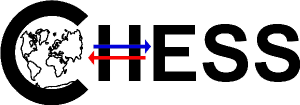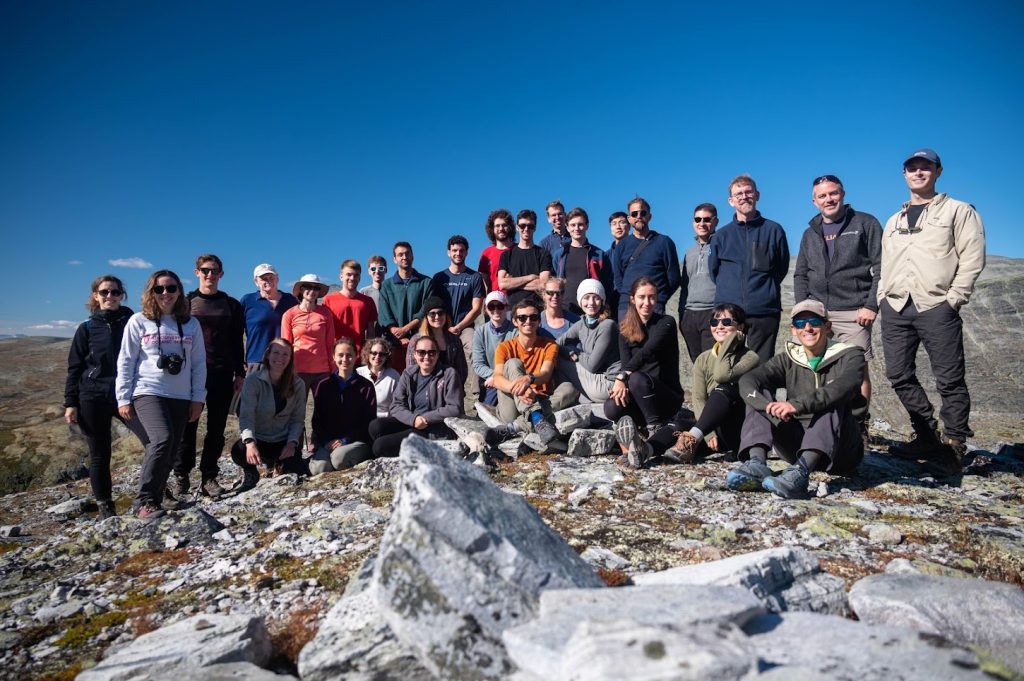The 2022 edition of the Advanced Climate Dynamics Course—more conveniently referred to as the ACDC summer school—was held between the 4th and the 16th of September in Rondane National Park, in the heart of the Norwegian mountains. The summer school resumed its usual format after a three-year hiatus, and students as well as lecturers from all over the world gathered to learn about this year’s topic: the dynamics of the global water cycle.
The course aimed to bridge the gap between the traditional disciplinary boundaries and provide integrated perspectives on global water cycling from empirical observations, fundamental dynamics and numerical modelling to 24 graduate students with a wide range of experiences. More so, the course is designed to be highly interactive, and students were encouraged to inquire, question and get involved in the conversation during and outside lectures. Small groups of students took on research projects during the first week of teaching on subjects such as the mass balance of Greenland ice sheet, the problem of missing sea-level of the last deglaciation, or how to create the moistest world in an idealised simulation. The groups presented their findings in a dedicated session at the end of the course, which constituted both the pinnacle and the highlight of two intense weeks of learning.
In addition to lectures and project work, the ACDC summer school made the most of its natural setting in Rondane National Park. Regular breaks from lectures were set up to go out, walk, talk, and enjoy the surrounding landscape all the while learning about its development through the recent glacial history. A camping trip was also organised during the weekend to, not only unwind but also get the students and lecturers to know each other better in a more informal environment.
Overall, the ACDC 2022 summer school offered a safe and inclusive space to learn about the past, present and future water cycling dynamics through the atmosphere, land, ocean, cryosphere and biosphere. It also succeeded in bringing together a diverse group of students and lecturers to work together and, hopefully, bring the current state of the research on the subject a little bit further.
Text: Simon Lefèvere (UiB), Photo: Julia Jeworrek (U. of British Columbia)

